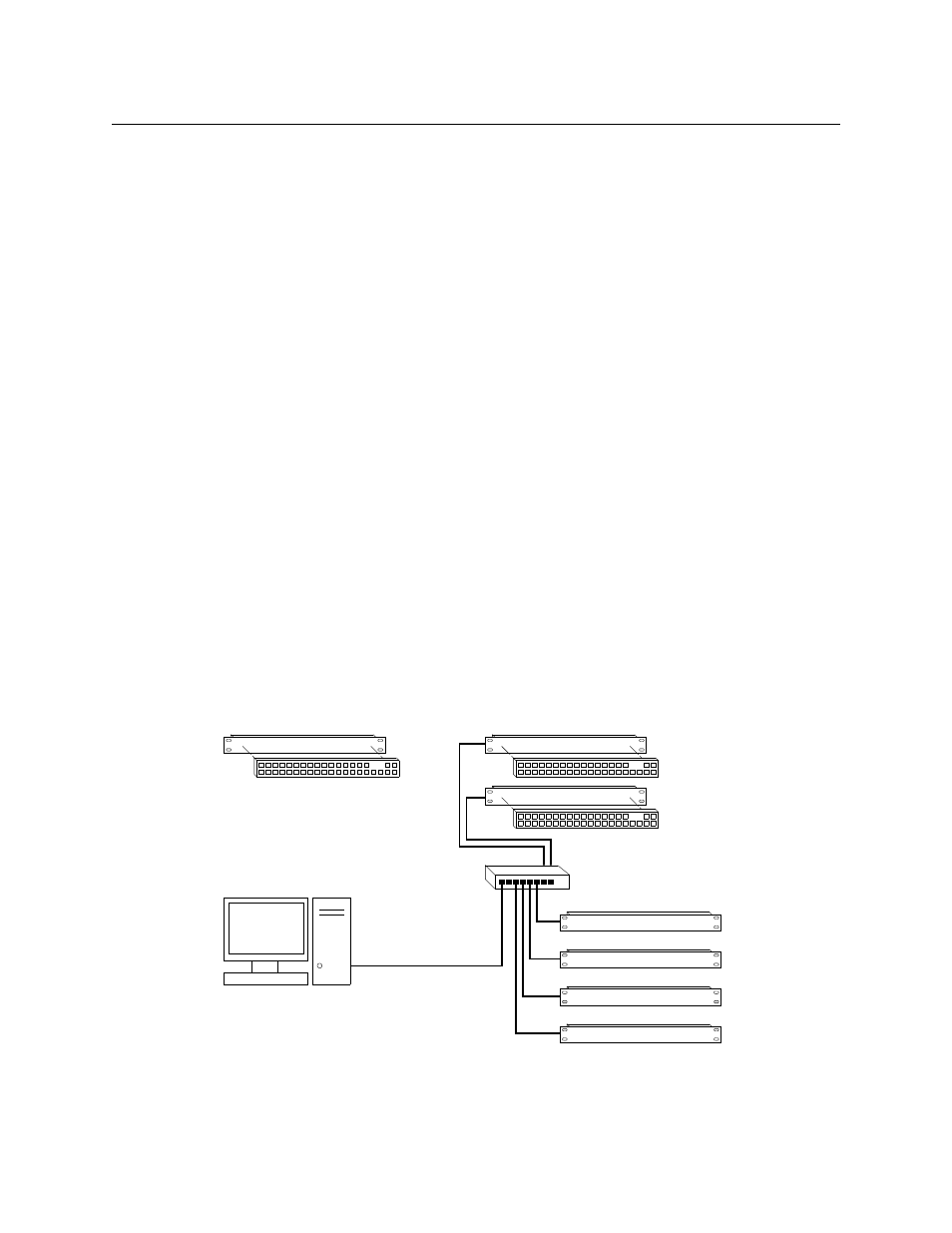Usage, Stand-alone operation – Grass Valley CRSC v.3.2 User Manual
Page 136

124
Tutorials
Products
Usage
There are several different ways to use compact routers:
•
A single stand-alone router with a “captive” control panel or with automation.
•
A network of stand-alone routers, possibly with remote panels, possibly with captive panels,
and with or without automation.
•
A single stand-alone CR6400 router with a “captive” control panel or with automation.
•
A network of stand-alone CR6400 routers, possibly with remote panels, possibly with captive
panels, and with or without automation.
•
A CRSC network of routers and remote panels with or without automation. Here, the panels
and routers are configured using CRSC.
•
A network of routers under an NV9000 family router control system.
•
A single stand-alone CQX router with a “captive” CQX control panel or with automation.
•
A CQX router with a remote CQX control panel.
A captive panel is one attached directly to a router. A remote panel is one mounted on a remote
panel module.
Automation is a topic left to the customer.
Routers and remote panel modules come from the factory ready for stand-alone operation.
They must be configured for use either in a CRSC network or in an NV9000 network. Once
configured, they must be reset to work in stand-alone mode.
A remote panel module must be configured to work either in a CRSC network or in an NV9000
network. The two configuration modes are not compatible.
Stand-Alone Operation
Figure A-3 compares a stand-alone router with a captive panel to a stand-alone router network
with remote panel modules:
Fig. A-3: Standalone Router vs. a Network of Routers
Standalone Router and
“Captive” Control Panel
Networked Routers
with Remote Panels
Remote Panel 1
Router 1
Router 2
Router 3
Router 4
Remote Panel 2
Ethernet Switch
PC
